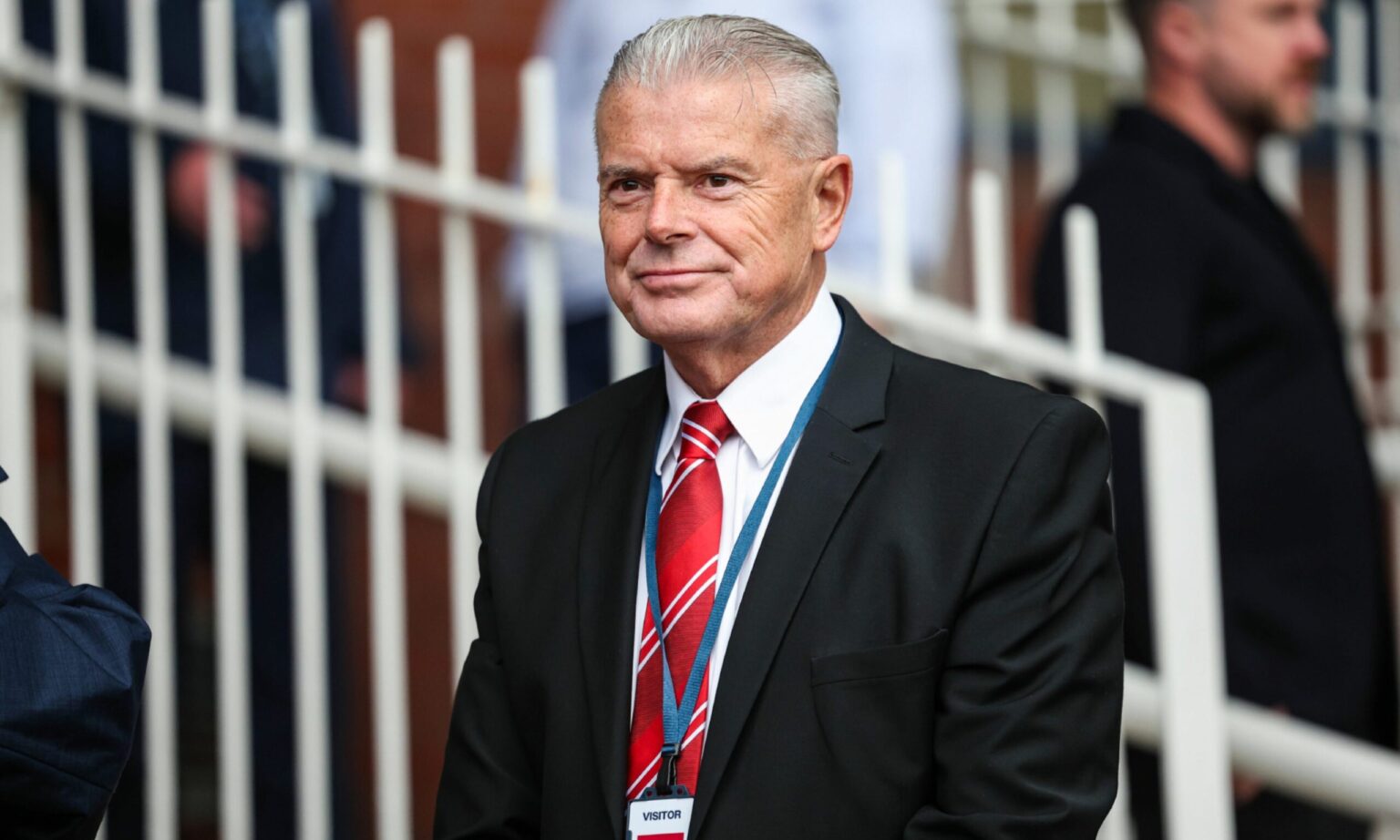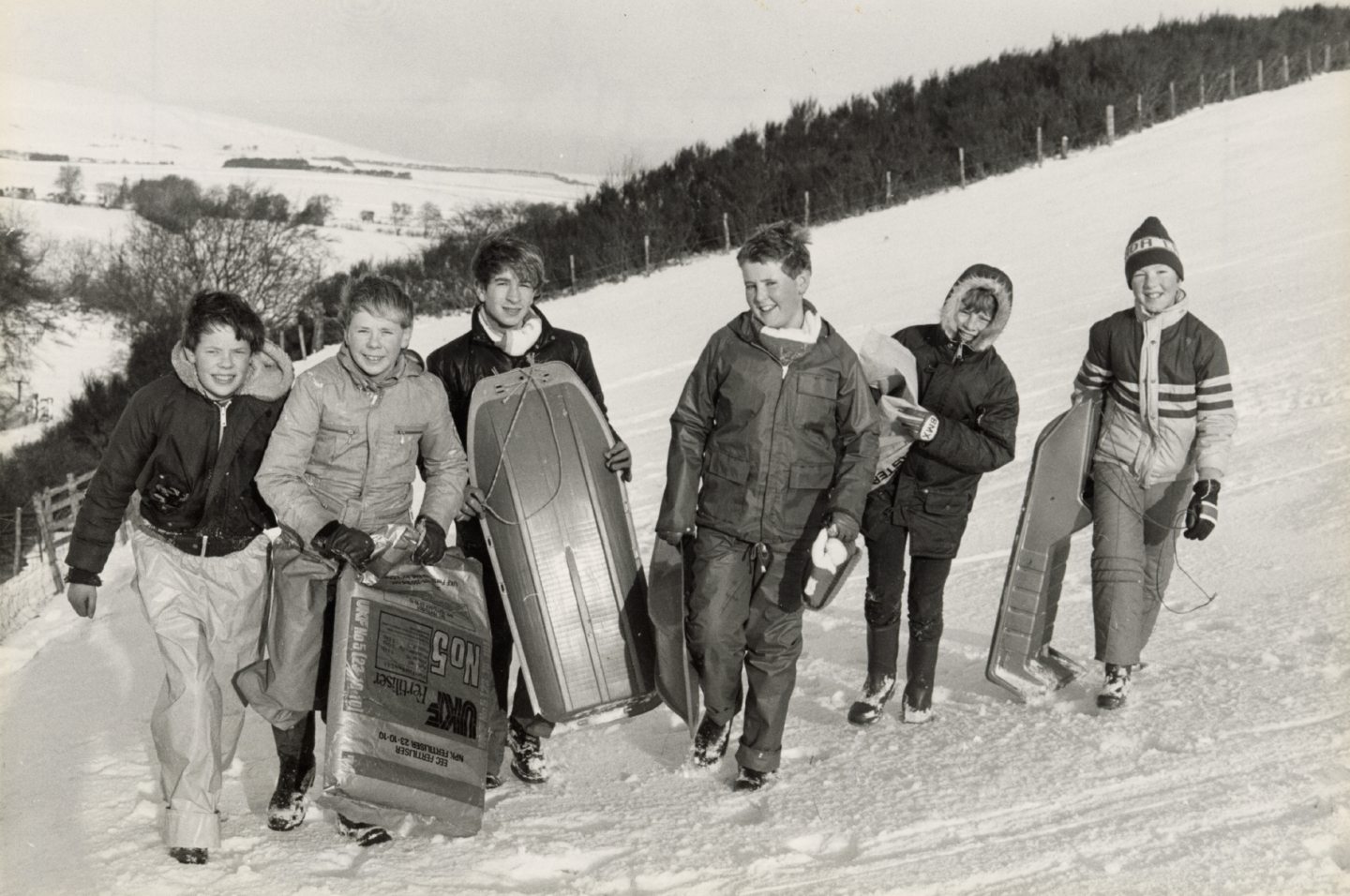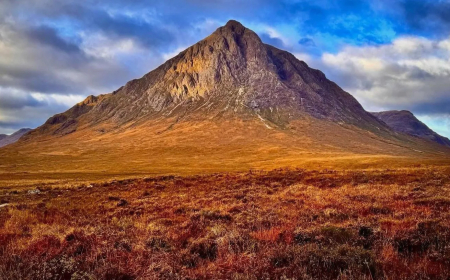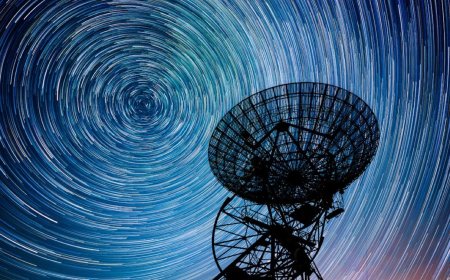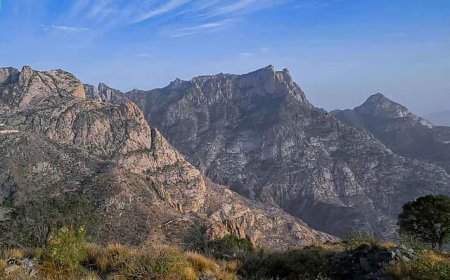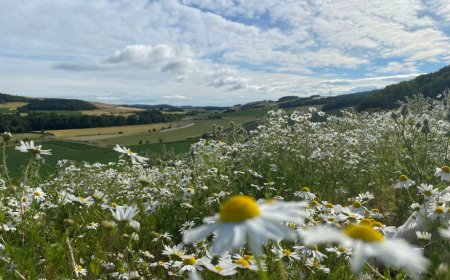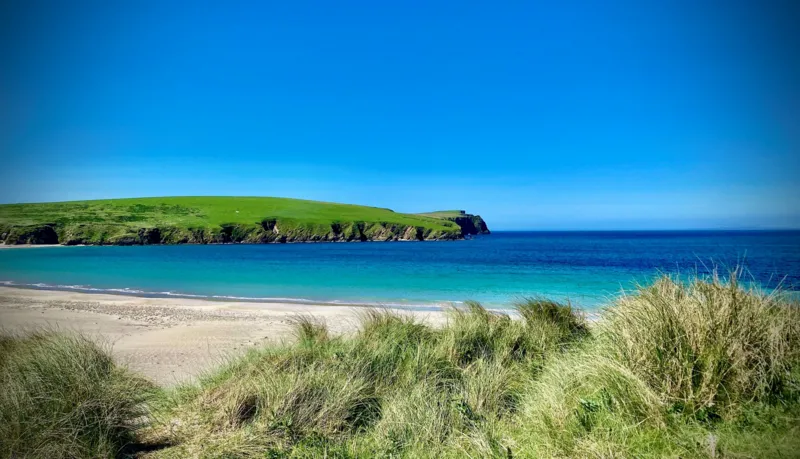One-Mile Telescope
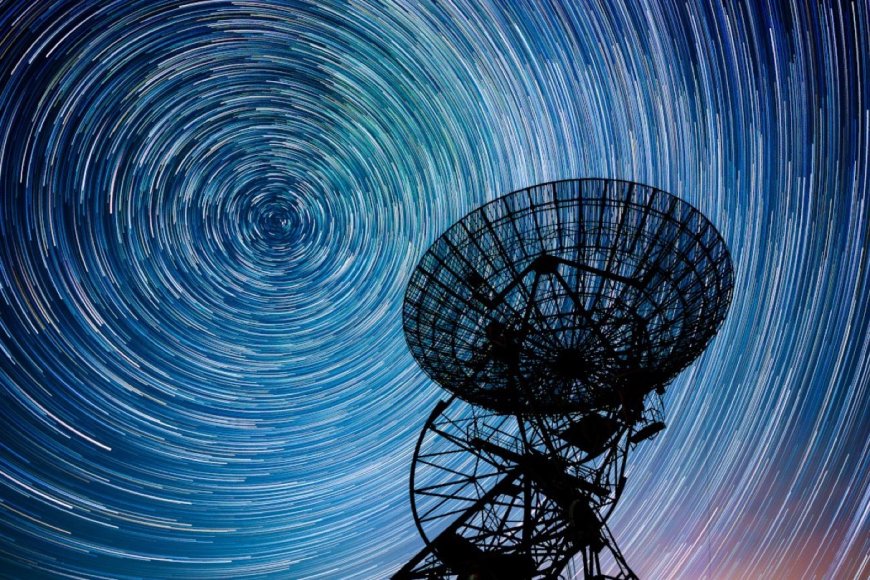
The steerable 60 foot diameter dish antenna of the One-Mile Telescope at Mullard Radio Astronomy Observatory, Cambridge, UK, is pointing skyward in this evocative night-skyscape. To capture the dramatic scene, consecutive 30 second exposures were recorded over a period of 90 minutes. Combined, the exposures reveal a background of gracefully arcing star trails that reflect planet Earth's daily rotation on its axis. The North Celestial Pole, the extension of Earth's axis of rotation into space, points near Polaris, the North Star. That's the bright star that creates the short trail near the center of the concentric arcs. But the historic One-Mile Telescope array also relied on planet Earth's rotation to operate. Exploring the universe at radio wavelengths, it was the first radio telescope to use Earth-rotation aperture synthesis. That technique uses the rotation of the Earth to change the relative orientation of the telescope array and celestial radio sources to create radio maps of the sky at a resolution better than that of the human eye.
Image Credit and Copyright: Joao Yordanov Serralheiro
[Source: Astronomy Picture of the Day]
The Cavendish Laboratory pioneered in this field under the direction of Professor Sir Martin Ryle, F.R.S. from 1945 to 1982. The first Observatory was on the outskirts of Cambridge. In 1957, through the generosity of Mullard Ltd. and with support from the Science Research Council, the Mullard Radio Astronomy Observatory (MRAO) was built 5 miles south-west of Cambridge, at Lord’s Bridge. The Observatory is operated by the Cavendish Laboratory, supported by the Science and Technology Facilities Council. The work of the MRAO was recognised by the award of the 1974 Nobel Prize for physics to Professor Ryle and Professor Hewish. In 1995 we celebrated 50 years of radio astronomy in Cambridge, and in July 2007 a special programme of events was organised to celebrate the 50th anniversary of operations at the MRAO at Lord’s Bridge.
[Source: Cavendish Astrophysics, University of Cambridge]


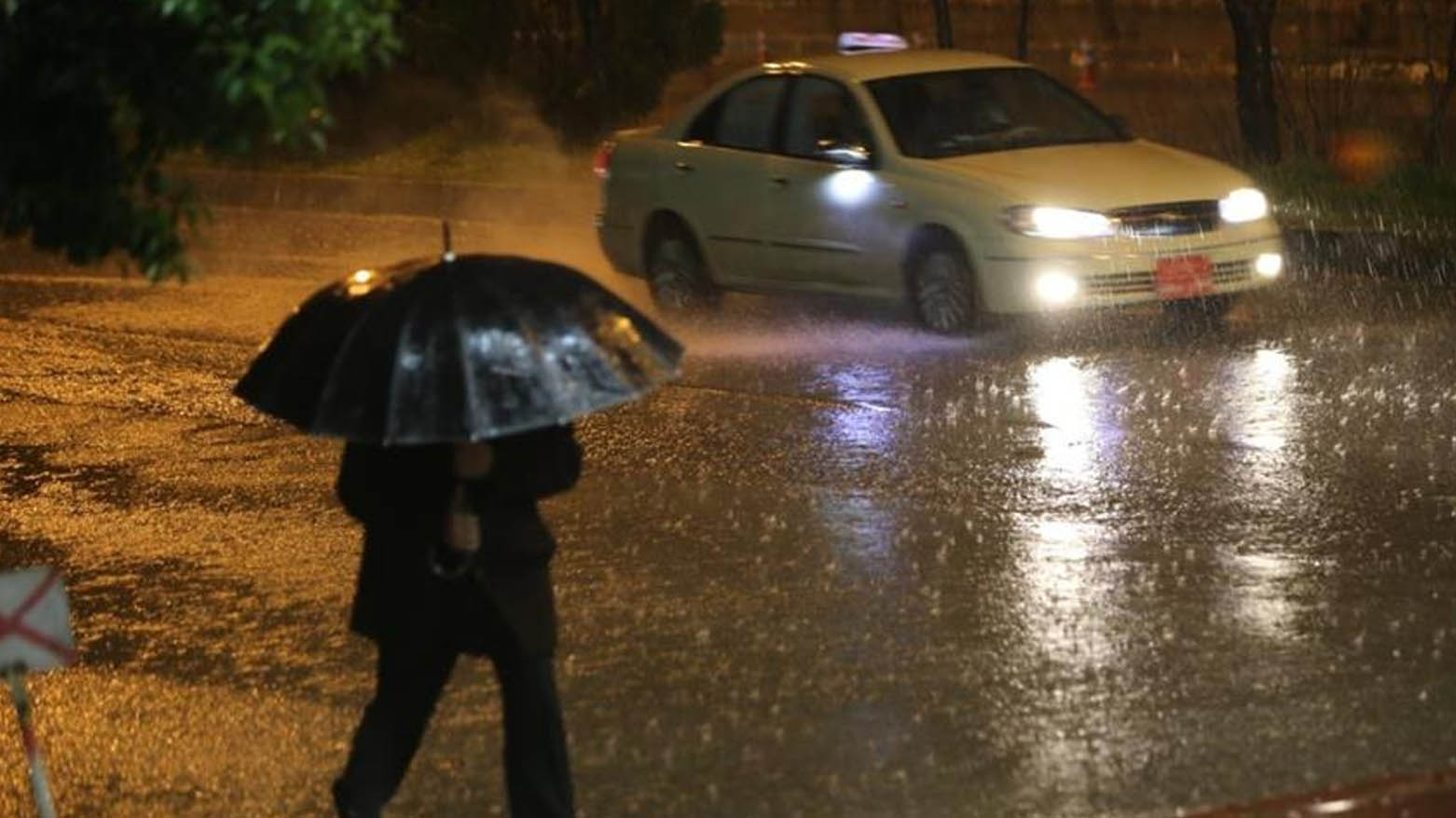



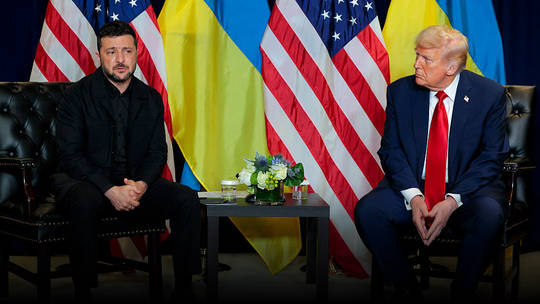










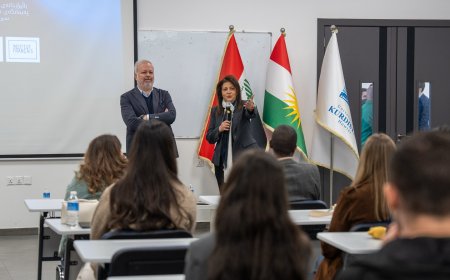
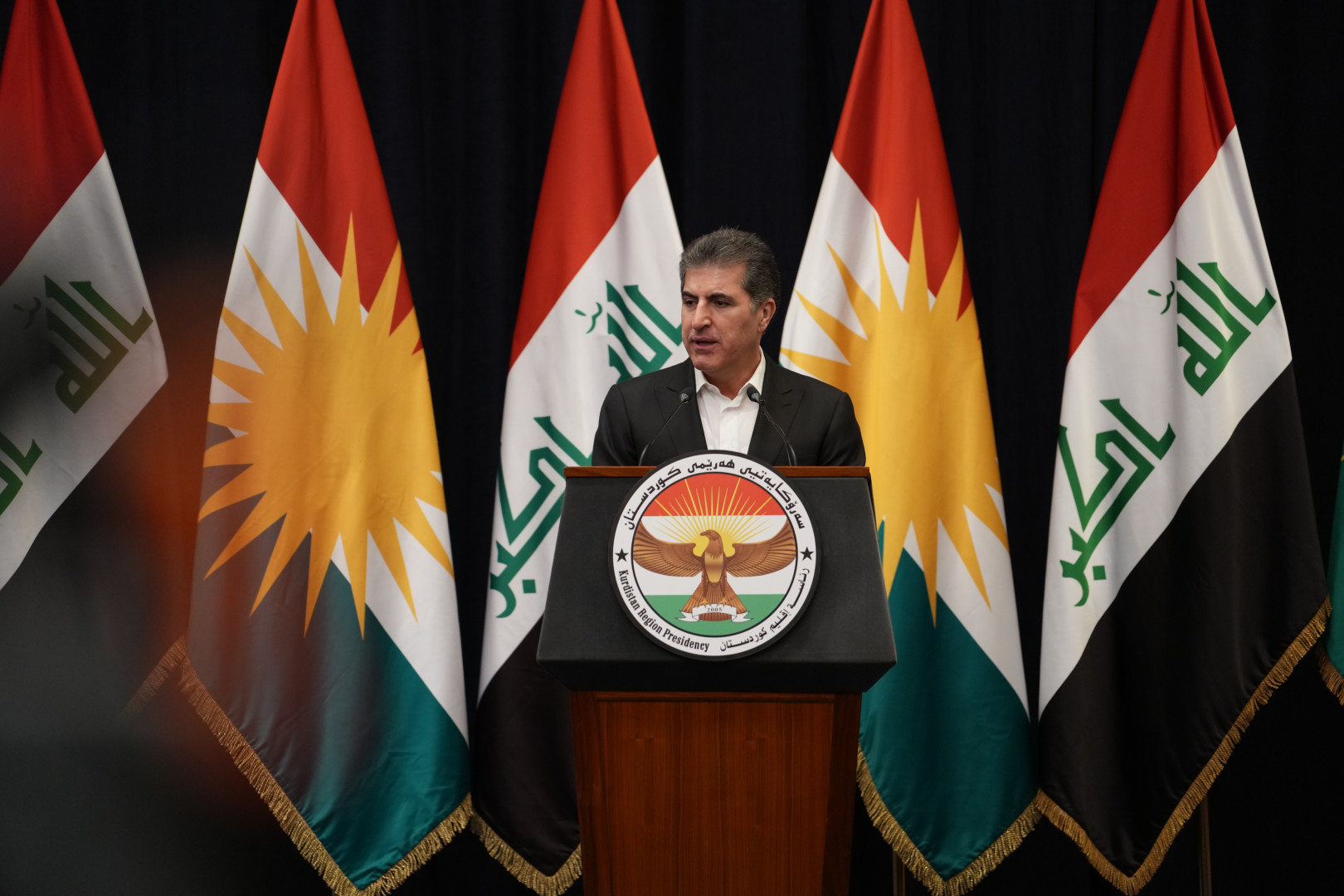
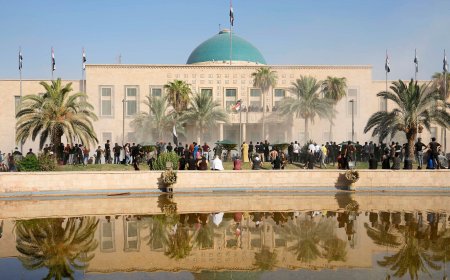

/file/attachments/orphans/20250610_UNEPDecadeonEcosystemRestoration_SouthAfricanThicket_ToddBrown_18_275286.jpg)


/file/attachments/orphans/1000146612_845134.jpg)
